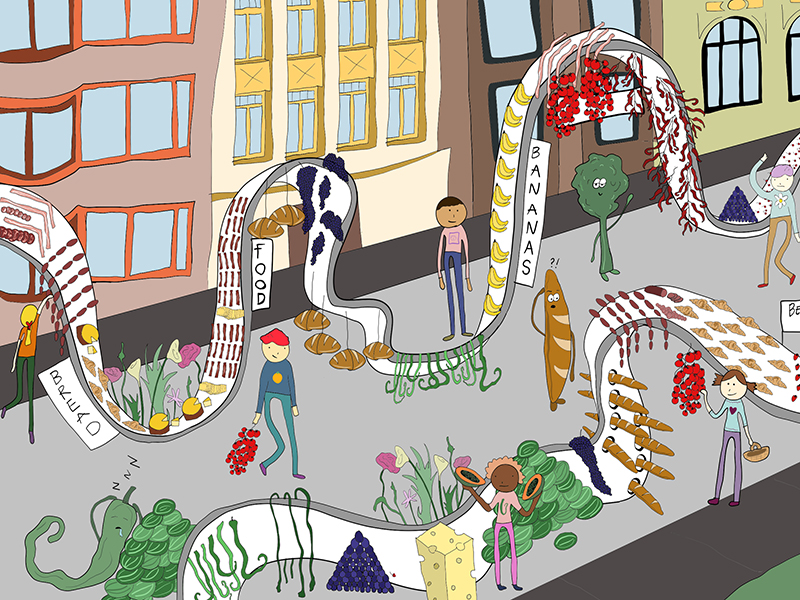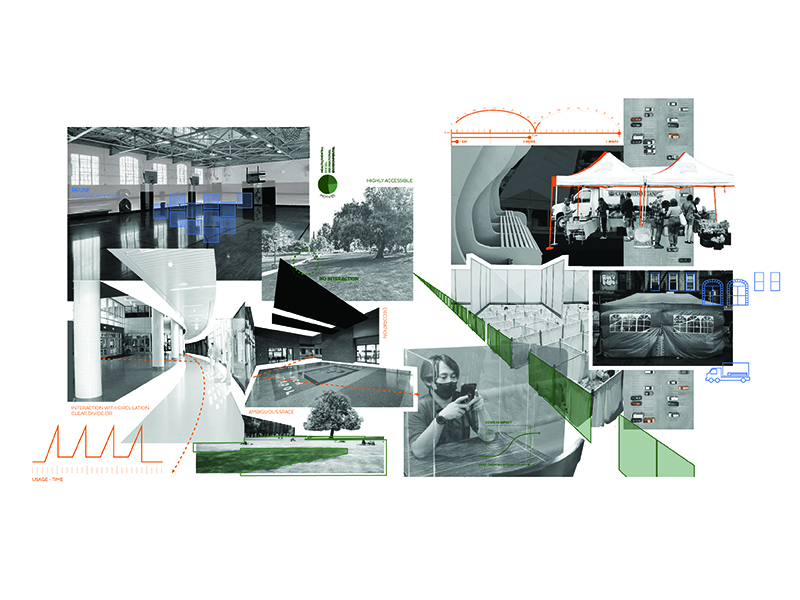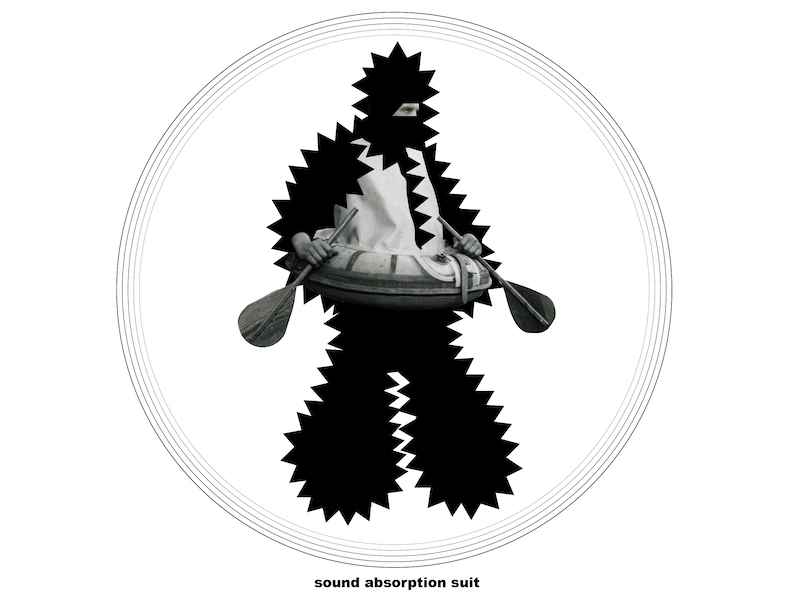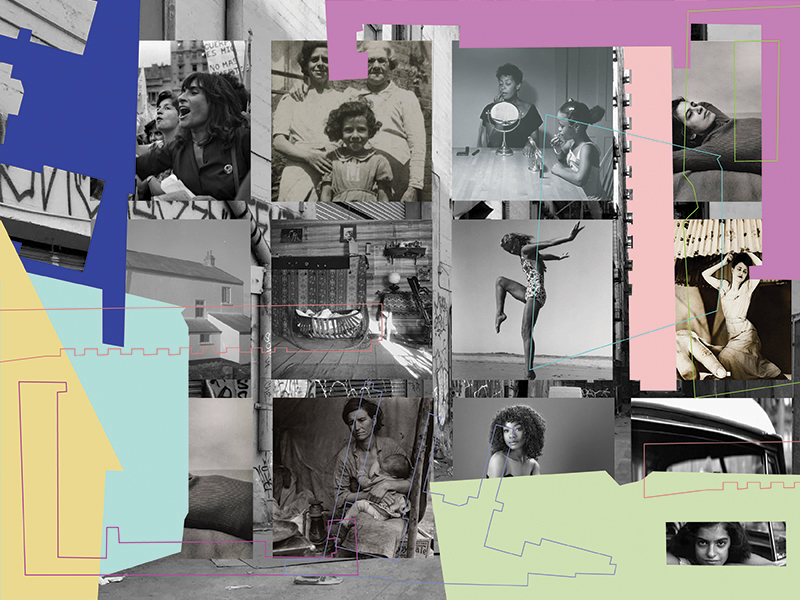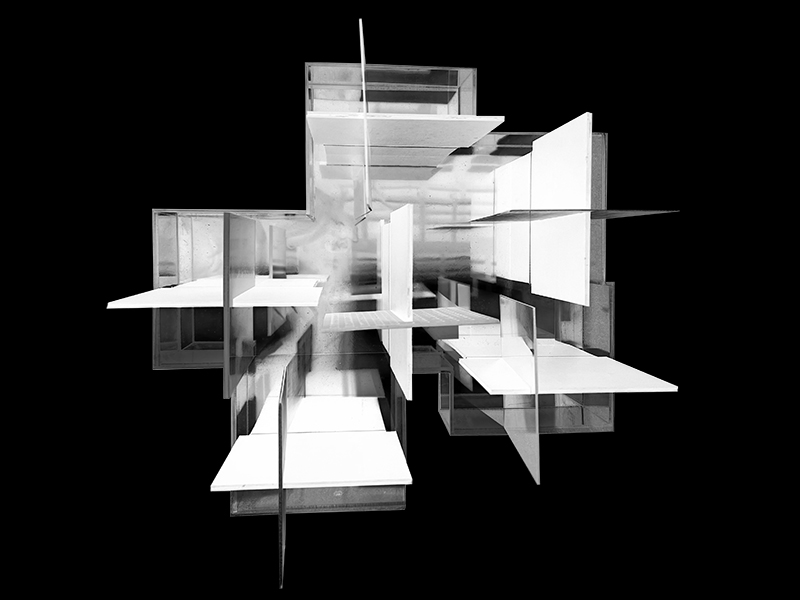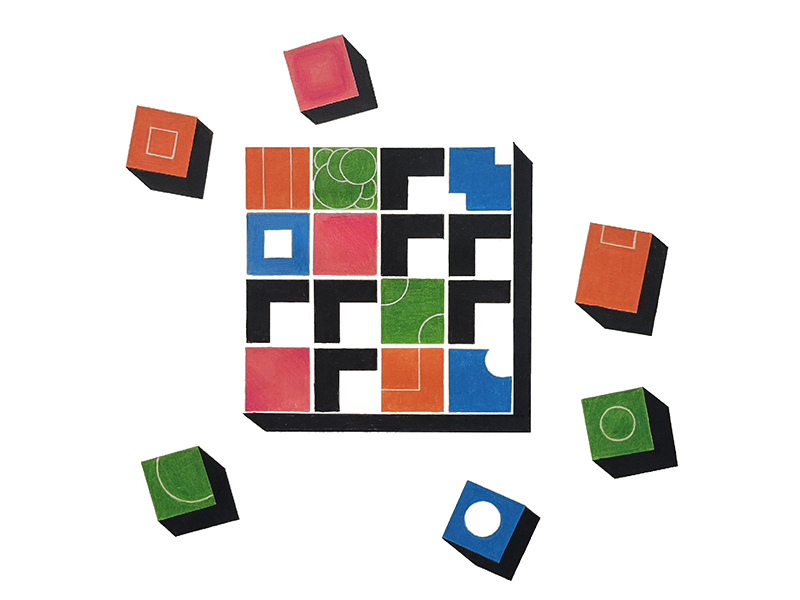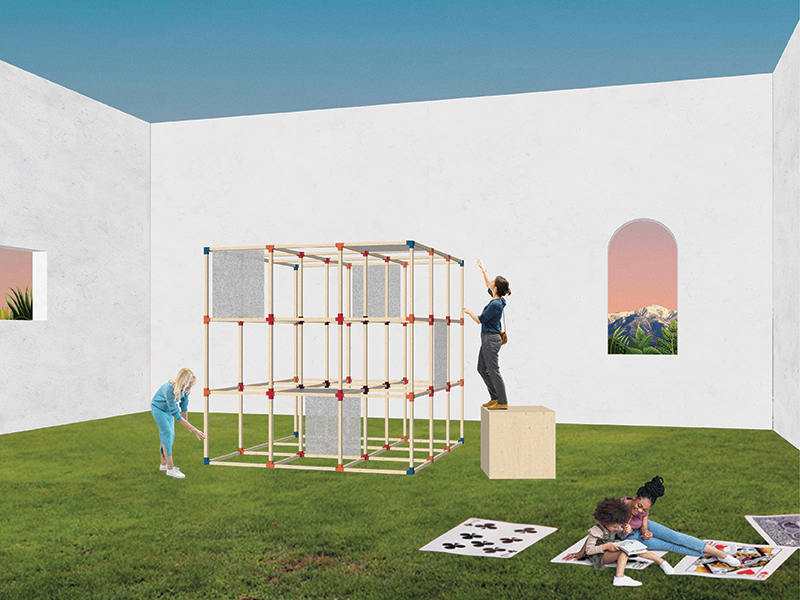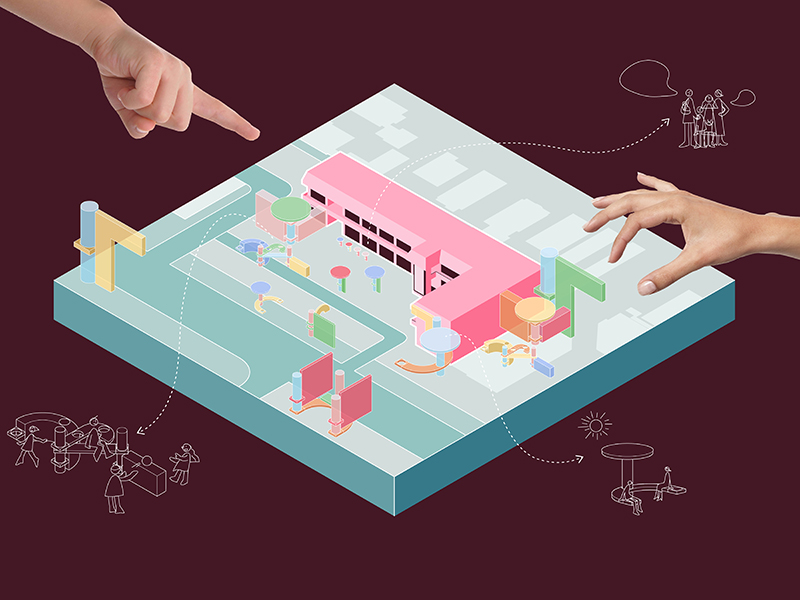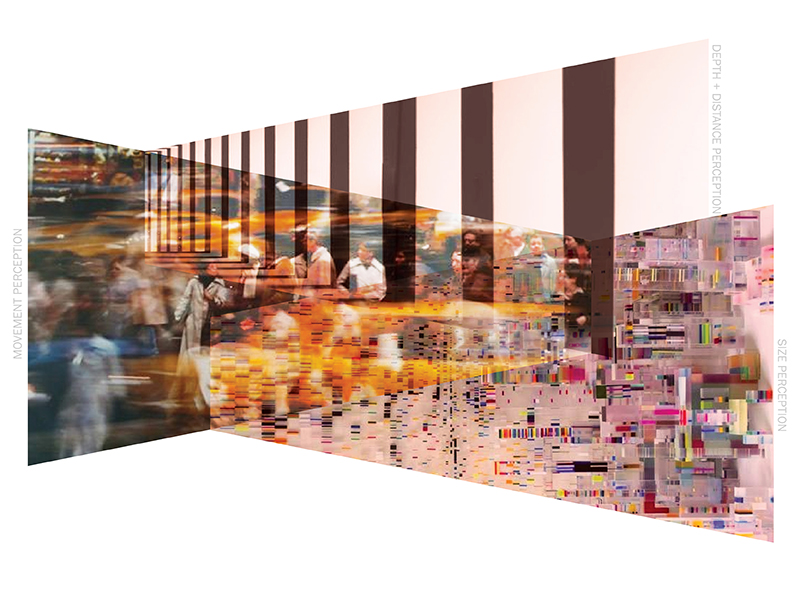Block by Block reimagines urban spaces with a community-centered approach by repurposing schoolyards into microfarms, vacant lots into kitchens, and underutilized streets into food markets, creating a sustainable food ecosystem. This locally-integrated food network combats food deserts by redefining the conventional association of fresh produce with luxury dining, making healthy food more accessible to lower-income neighborhoods. By shortening the distance from farm to table and creating employment opportunities within the community, access to nutritious meals within urban landscapes is democratized. Block by Block represents a transformative step towards healthier, more inclusive urban environments, one block at a time.
